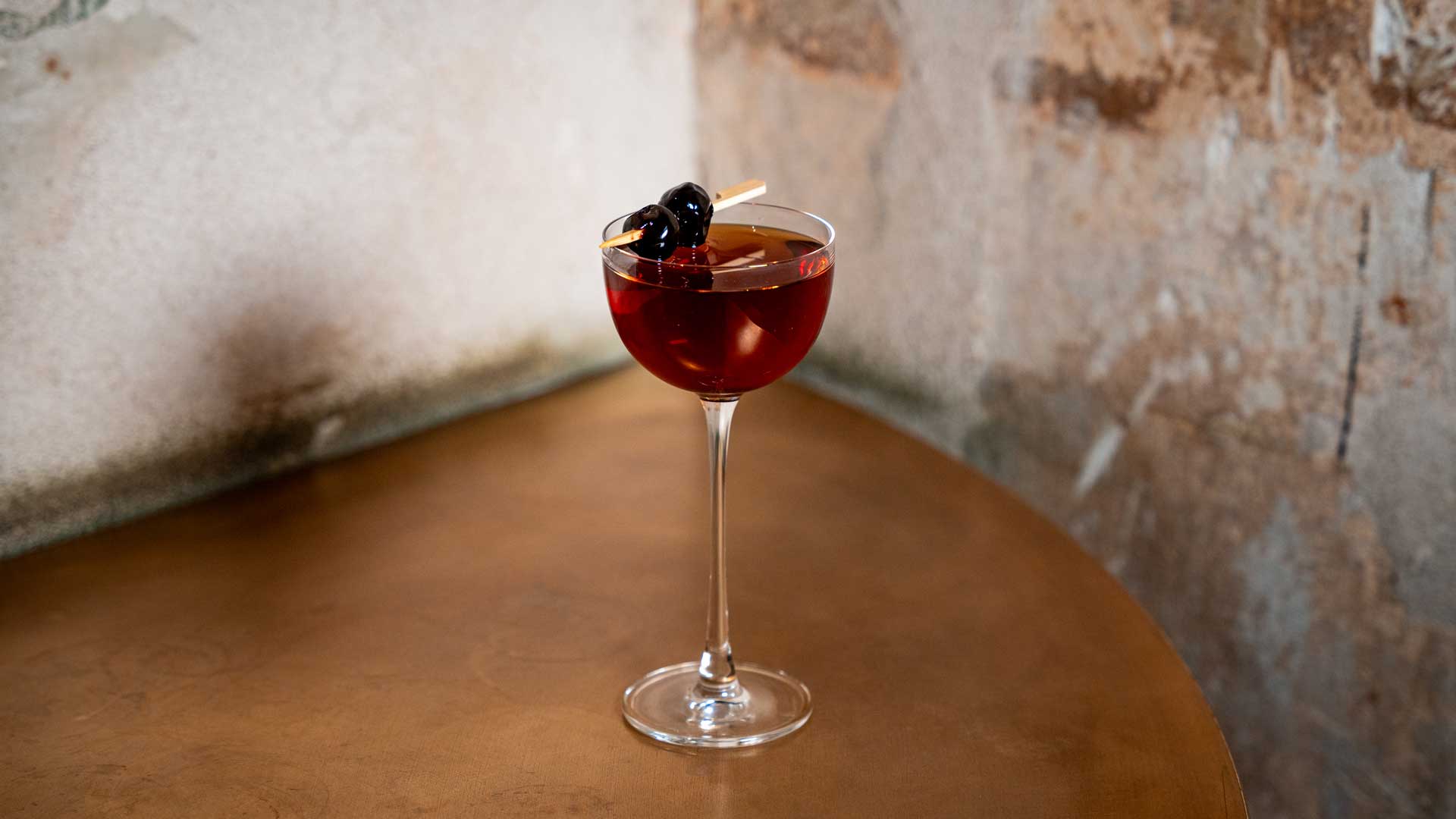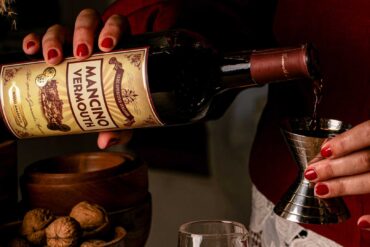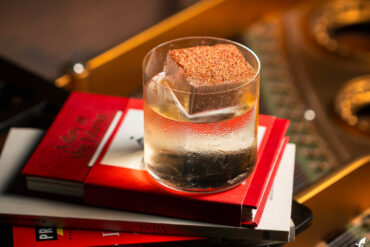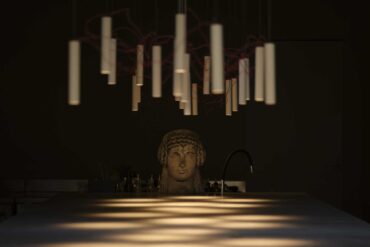The Widow’s Kiss is not an easy drink to master. It calls for precision—both in ingredients and proportions. It’s a bold, high-proof blend built around two French herbal liqueurs and apple brandy, with no dilution beyond the chill of the ice. As for its backstory, it’s almost entirely cloaked in mystery.
The Origins of the Widow’s Kiss
As with many early cocktails, the Widow’s Kiss arrives shrouded in shadows. Who exactly was the widow in question? No one knows. She may have never existed—perhaps just an abstract inspiration for a romantic, if melancholic, name. The drink’s creator remains unnamed, or more accurately, unknowable.
What is known is that the Widow’s Kiss was almost certainly born in the United States—likely in New York City. That assumption rests on the fact that its recipe first appears in an 1895 book titled Modern American Drinks. Its author was George J. Kappeler, a figure largely lost to history save for one key detail: in the 1890s, he was the head bartender at the Holland House Hotel, located at the corner of Fifth Avenue and 30th Street. Some sources credit Kappeler with the drink’s invention.
When the Widow Was Born
As for the cocktail’s actual birth date, the most plausible estimate is around 1880. That was the moment American bartenders began to expand their toolkit, experimenting with herbal liqueurs and bitters in their concoctions. Patrons and journalists initially met these innovations with skepticism, but the Widow’s Kiss defied expectations. It quickly won over the well-heeled denizens of Fifth Avenue with its heady elegance.
From Obscurity to Revival
Despite its early popularity, the Widow’s Kiss didn’t survive the Prohibition era unscathed. Like so many pre-Volstead classics, it slipped into obscurity for decades. Its revival came much later, thanks to the cocktail renaissance and its inclusion in Vintage Spirits and Forgotten Cocktails by Ted Haigh (2009) and the PDT Cocktail Book by Jim Meehan (2011).
The Recipe for the Widow’s Kiss
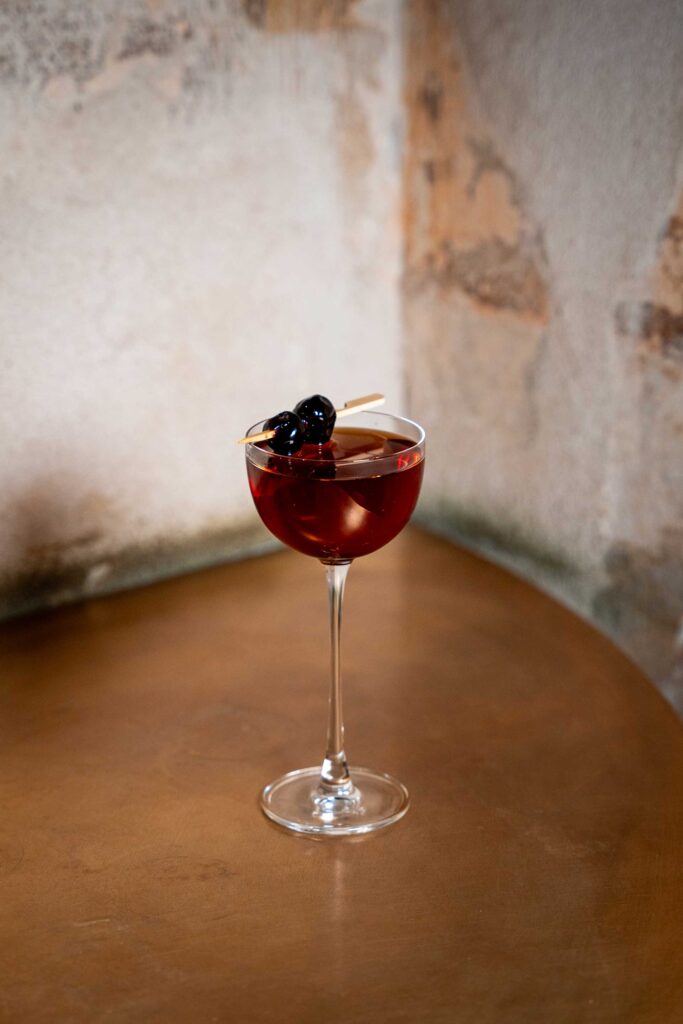
Here’s the original formula as published in Modern American Drinks (George J. Kappeler, 1895). Ted Haigh keeps the proportions intact; Jim Meehan, on the other hand, doubles the apple brandy and halves the liqueurs. There’s some room for interpretation—but proceed with care.
Ingredients
- 30 ml apple brandy
- 15 ml yellow French herbal liqueur
- 15 ml Bénédictine
- 2 dashes of Angostura bitters
Method
Combine all ingredients in a shaker with ice cubes. Shake briefly, then strain into a cocktail coupe. Stirring is acceptable, but the shaker remains Kappeler’s preferred method—and perhaps the most fitting.
Garnish
None. If a garnish is absolutely needed, a maraschino cherry will do.
Photo credits Julie Couder x Coqtail, location Dry Milano – all rights reserved


